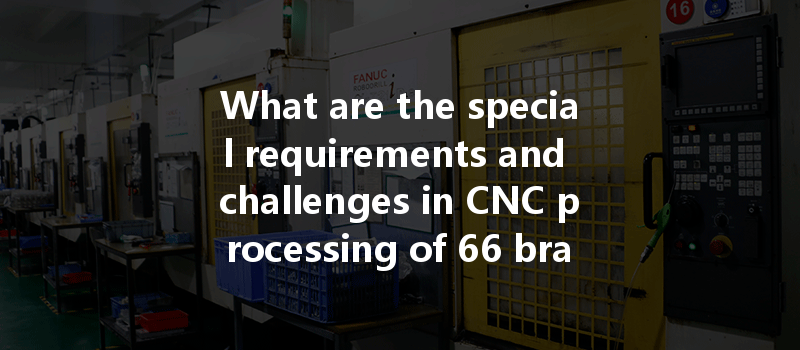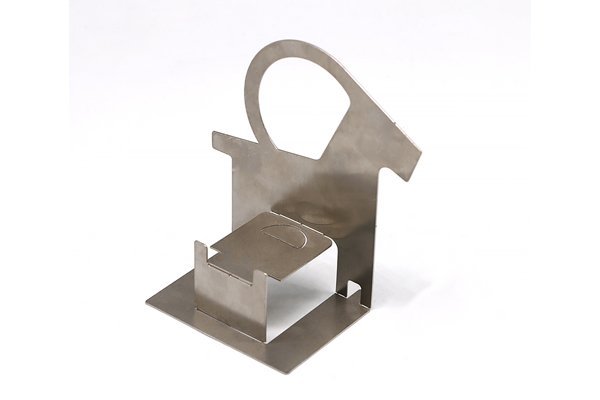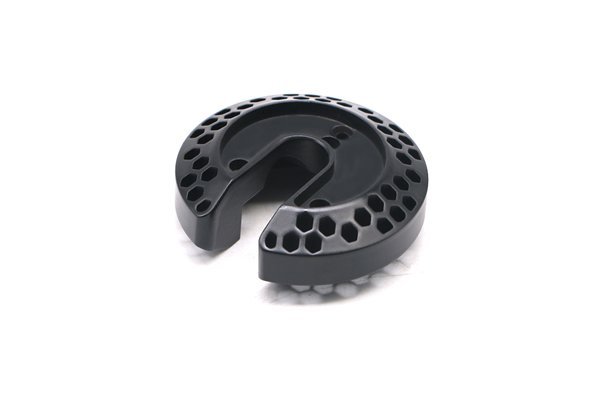Opening: An Intriguing Look into Brass
Did you know that brass has been used by humans for thousands of years, dating back to ancient Greece and Rome? This versatile alloy, primarily made of copper and zinc, has captivated industries ranging from jewelry-making to construction and is heavily utilized in precision machinery parts today. Among the many alloys available, 66 brass is noteworthy not just for its excellent machinability but also for its unique challenges in Computer Numerical Control (CNC) processing. If you’re considering CNC machining 66 brass components or are curious about its applications, understanding its special requirements and processing challenges is crucial.
In this comprehensive blog post, we will delve deep into the nuances of CNC processing for 66 brass, exploring its material properties, specific machining requirements, tools and techniques, and potential applications. By the end, you will know why this alloy is so popular and the intricacies that come with working with it.
Understanding 66 Brass: Composition and Properties
What is 66 Brass?
66 brass, often referred to in the industry as CZ132, contains approximately 66% copper and 34% zinc by weight. This high copper content gives 66 brass its favorable properties, such as excellent corrosion resistance, mechanical strength, and good conductivity.
Mechanical Properties
Corrosion Resistance
66 brass possesses inherent corrosion resistance, particularly from water and corrosive environments. This resistance is primarily due to its copper content, which reduces the risk of corrosion over time, making it suitable for marine applications and plumbing.
Thermal Properties
66 brass maintains good thermal conductivity, which is vital for heat dissipation in electronic parts and fittings.
Special Requirements in CNC Processing of 66 Brass
Tool Selection
The selection of the right tools for CNC processing of 66 brass can significantly impact the quality of the final product.
Feeds and Speeds
The optimal feed rates and spindle speeds are crucial in machining 66 brass components to achieve desired surface finishes and geometric tolerances.
Coolant Usage
Though 66 brass is not particularly heat sensitive, using a suitable coolant can enhance the machining process.
Chip Management
The formation of chips in CNC machining can impact both the process efficiency and the quality of the final product.

Challenges Faced in CNC Processing of 66 Brass
Despite its favorable attributes, machining 66 brass presents several challenges.
Surface Finish Quality
One of the primary challenges in machining 66 brass is achieving a high-quality surface finish. Burring and tearing of the material can occur, especially when machining at incorrect speeds or feeds.
Tool Wear
Due to the mechanical properties of brass, tool wear can be relatively high, especially if appropriate cutting speeds are not maintained.
Tolerance Requirements
In industries such as aerospace and automotive, precision machining of 66 brass components often requires tight tolerances.
Cost Effectiveness
While 66 brass has excellent properties, the associated costs for CNC machining can be higher due to tooling and processing requirements.
Practical Applications of 66 Brass in Various Industries
Plumbing and Fixtures
The corrosion resistance and excellent machining properties make 66 brass an industry standard for plumbing fittings and fixtures.
Electrical Components
66 brass’s conductivity and mechanical strength render it suitable for electrical connectors, terminals, and some electronic components.
Architectural Applications
From decorative architectural elements to door hardware, 66 brass adds aesthetic and functional value.
Automotive Parts
Many automotive components, such as valve bodies and bushings, are made using 66 brass due to its strength and machinability.
: The Importance of Understanding CNC Processing for 66 Brass
CNC processing of 66 brass presents both opportunities and challenges that require a careful approach to harness its full potential. From selecting appropriate tools and managing feeds and speeds to addressing surface finish quality and cost-effectiveness, successful machining demands a comprehensive understanding of this alloy’s unique properties.
As industries continue pushing boundaries in precision engineering and specialized applications, knowledge of the special requirements and challenges in CNC processing of materials like 66 brass becomes more relevant. Adopting best practices enables manufacturers to enhance efficiency, improve quality, and reduce costs, ultimately driving competitiveness in the market.
In the fast-paced world of precision manufacturing, it’s essential for engineers and machinists alike to consider how alloys like 66 brass can meet the evolving needs of various industries. Understanding the intricacies of CNC machining for this versatile material will not only ensure top-quality standards but also stimulate innovation in future applications.
Now that you are familiar with the ins and outs of CNC processing 66 brass components, consider how these insights can be applied in your own projects or your organization’s workflow. The journey toward quality and efficiency begins with informed decisions in the workshop.






